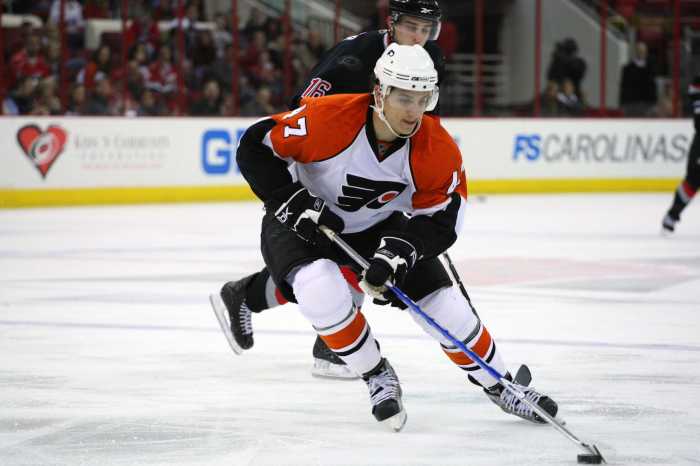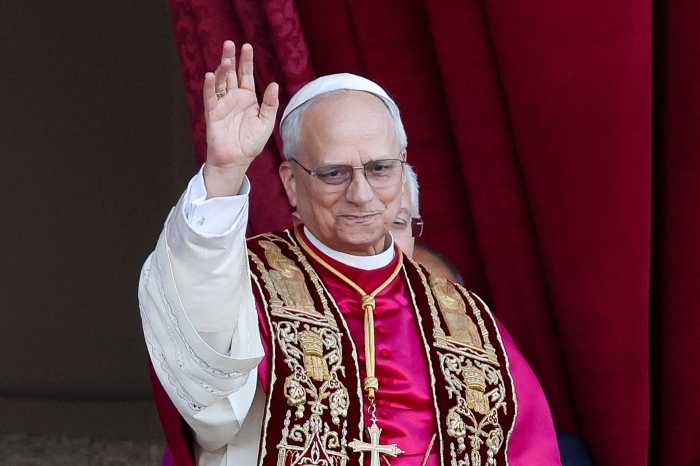This is one giant step in the right direction for everyone that misses sports. Friday night, the NHLPA voted to approve a 24-team playoff format as a conclusion to the 2019-2020 season. At this moment, this doesn’t include a time table to return since regulations compliant to health and safety need to be negotiated. The concept here is that these 24 teams will have the opportunity to be crowned the 2020 Stanley Cup champion. Now, there has been some push back regarding the number of teams included in this playoff format.
In this proposed format, the top four seeds in each conference have a first-round bye. This is based on the NHL standings as of March 12th, 2020. That means the Boston Bruins, Tampa Bay Lightning, Washington Capitals, and Philadelphia Flyers in the Eastern Conference receive a bye. In the Western Conference, those teams earning a bye are the St. Louis Blues, Colorado Avalanche, Vegas Golden Knights, and Dallas Stars. Usually, half of the league makes the playoffs, but now it’s about three-quarters.
Once this playoff format is reduced down to sixteen teams, each series will be a best-of-seven. The first round of this 24 team format is a best-of-five series. Of course, the games will be played without fans and there will be central cities to host the games.
Why This Format Works
It works because teams that had played an uneven amount of games and were one game away from changing positions in the standings are included. That answers the “what if” aspect of who could have been in the playoffs had the 2019-2020 season never been suspended. In the Eastern Conference, the “second chance” teams are the Montreal Canadiens, New York Rangers, Florida Panthers, and Columbus Blue Jackets. For the Western Conference, those “second chance” teams are the Chicago Blackhawks, Arizona Coyotes, Minnesota Wild, and Winnipeg Jets. In a sense, the best head-to-head teams will be in the typical sixteen.
A 24-team NHL playoff when a season isn’t complete is in the best interest of teams who were on the cusp of making a postseason push. This is about what is best for the NHL and what grows the game. Having a 24-team format is going to bring excitement back to eight other NHL markets. During a time when we are all absent of sports, a league that allows 75% of the teams to make the playoffs provides a surge across these markets. The likelihood that there will be new fans to watch the 2020 Stanley Cup playoffs is high.
Why This Format Doesn’t Work
With the 5-12 seeds playing a five-game series to determine the opponents for the top-four teams, what happens with the best four teams in each conference? While a bye was discussed, and would be detrimental, it looks like that won’t be the case.
On the table is a proposal of a round robin style tournament. The four best teams from each conference will take to the ice for three games each. This scenario could potentially determine the seeds as well, regardless of points going into the playoffs.
There are logistical concerns to be considered, unrelated to the playoff bracket. With teams located in Canada playing teams from the United States, travel restrictions present obstacles. The Pittsburgh Penguins and Montreal Canadiens series is an example. Of course, there will always be questions about the health of players, staff, or any personnel present at these games and the risk of infection. Another logistics concern is TV commitments for the public to watch the Stanley Cup Playoffs from home.
But Will We Watch
Yes! Absolutely and positively, yes. If the NHL can find a way to bring the 2020 Stanley Cup Playoffs to the public who are at home, eyes will be glued to hockey. Clearly, the safety of anyone included is the main priority, but if the NHL can bring their product to a national audience, this means hockey could see a spike in popularity. It’s important not to rush into this decision. Once all the “I’s” have been dotted and the “T’s” have been crossed logistically, let’s bring hockey back.
Mandatory Credit – © Geoff Burke-USA TODAY Sports





























